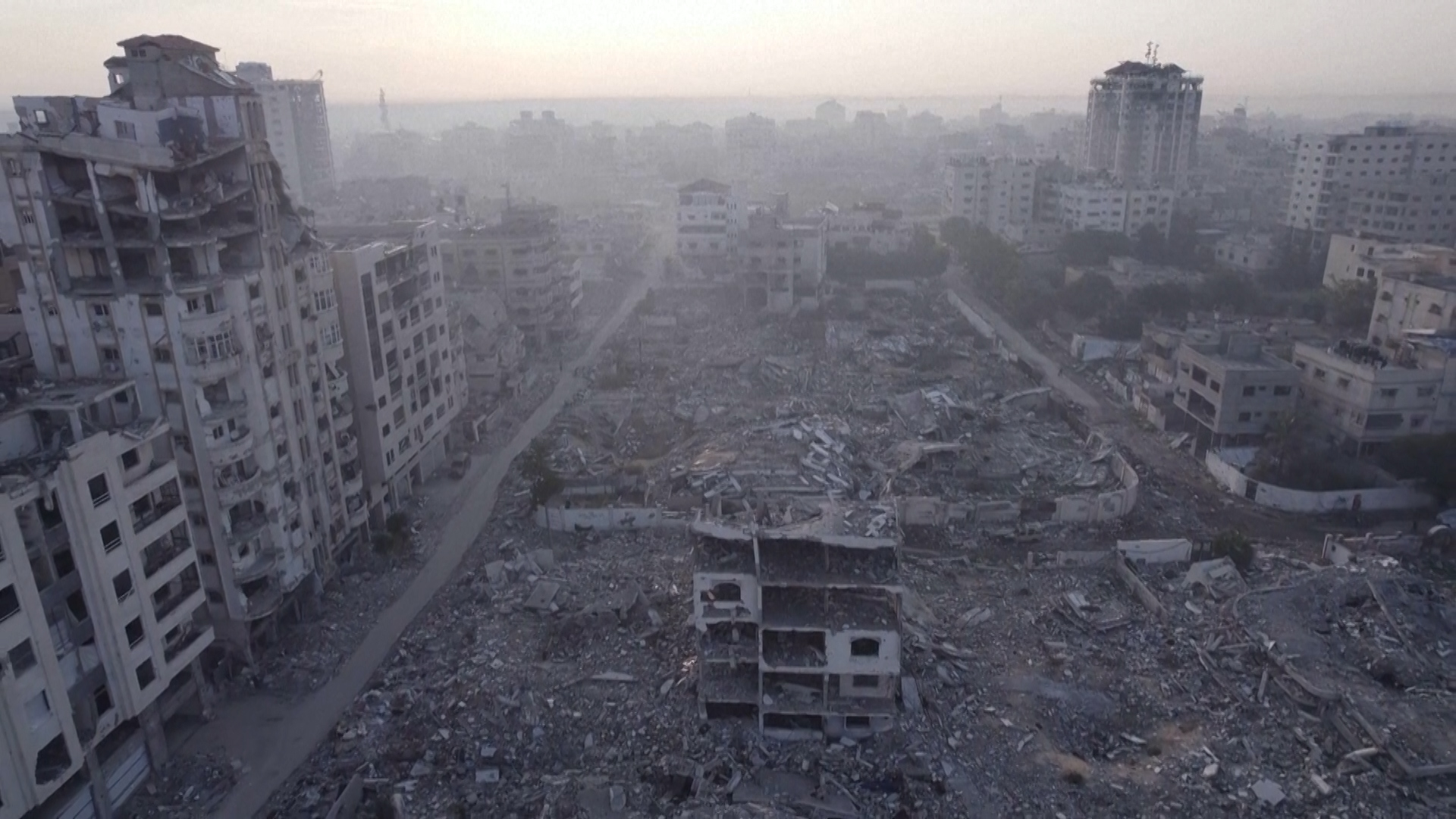Recent satellite pictures have given a clear perspective of the devastation throughout the Gaza Strip, showcasing the serious effects of ongoing conflict on the area’s infrastructure and communities. The photographs display collapsed structures, impaired roadways, and extensive destruction, leaving inhabitants struggling with loss and uncertainty. This information provides an essential viewpoint on the humanitarian crisis and the scale of destruction impacting numerous families.
The extent of damage seen from the sky
Satellite images have long been a crucial tool for assessing the impact of conflict in regions where access on the ground is limited. In Gaza, these images reveal entire neighborhoods reduced to rubble, with homes, schools, and medical facilities severely damaged or destroyed. The high-resolution images provide clear evidence of the physical destruction that has occurred, showing the full scope of the crisis in ways that are difficult to capture through conventional reporting alone.
The damage is not limited to residential areas. Roads, bridges, and other infrastructure have been affected, hindering the delivery of aid and complicating efforts to provide essential services to those in need. Utilities, including electricity and water systems, have also been impacted, further exacerbating the humanitarian challenges faced by local communities. These visual records underscore the immense difficulty of rebuilding and restoring normalcy for Gaza’s population.
Humanitarian consequences of widespread damage
El daño mostrado por las imágenes satelitales no es solo una señal visual; refleja una grave crisis humanitaria. Miles de familias se han visto obligadas a abandonar sus hogares, buscando cobijo en alojamientos temporales o con familiares. El acceso a alimentos, agua potable y atención médica es insuficiente, y el impacto psicológico de la devastación en los habitantes, especialmente en los niños, es profundo.
Images from satellites as a method for responsibility and rebuilding
Beyond documenting the immediate damage, satellite images play an important role in long-term planning, accountability, and reconstruction. By providing objective visual records, these images can help identify areas most in need of urgent intervention, guide reconstruction efforts, and monitor the progress of rebuilding initiatives over time. They can also serve as evidence in discussions of accountability, allowing organizations and governments to assess the scale of destruction and plan for reparations or international aid allocation.
Rebuilding Gaza will require extensive resources, careful planning, and international collaboration. Satellite data can inform decisions about where to focus reconstruction, what infrastructure requires priority attention, and how to coordinate efforts to restore basic services. The imagery also highlights the resilience of local communities, many of whom continue to live amidst difficult conditions while seeking ways to recover and rebuild their lives.
The broader context of conflict and its implications
The destruction shown in the satellite pictures serves as a stark reminder of the continuous conflict’s toll on human lives and the wider political issues in the area. Gaza has consistently endured periods of violence that have caused significant disruptions to daily life, decimated infrastructure, and left populations in precarious conditions. Every conflict results in enduring effects, impacting not just tangible assets but also the societal framework, economic conditions, and the overall peace of the region.
International observers and humanitarian organizations continue to stress the importance of addressing both immediate needs and long-term solutions. Preventing further escalation, providing essential aid, and supporting reconstruction are critical to mitigating the ongoing human suffering. Satellite imagery plays a crucial role in these efforts, offering precise, up-to-date information to guide humanitarian responses and policy decisions.
Restoration and reconstruction work
The satellite images of Gaza underscore the urgent need for coordinated humanitarian and reconstruction efforts. While the scale of destruction is daunting, these images also serve as a call to action for governments, NGOs, and international organizations to prioritize relief, reconstruction, and sustainable development in the region.
As rebuilding begins, satellite data will continue to provide valuable insights into which areas require immediate attention and how to allocate resources effectively. Beyond the physical reconstruction, addressing the social, economic, and psychological needs of affected communities will be essential for long-term recovery. The images offer not only a snapshot of the present devastation but also a roadmap for the work that lies ahead to restore normalcy and support the resilience of the people living in Gaza.
Satellite imagery has revealed the extensive damage across the Gaza Strip, capturing the severity of the humanitarian crisis and the challenges ahead. While the destruction is profound, these images also provide critical information for planning reconstruction, delivering aid, and addressing the urgent needs of affected populations. The coming months will require sustained international attention, coordinated recovery efforts, and a focus on rebuilding both infrastructure and the lives of those impacted by the conflict.

